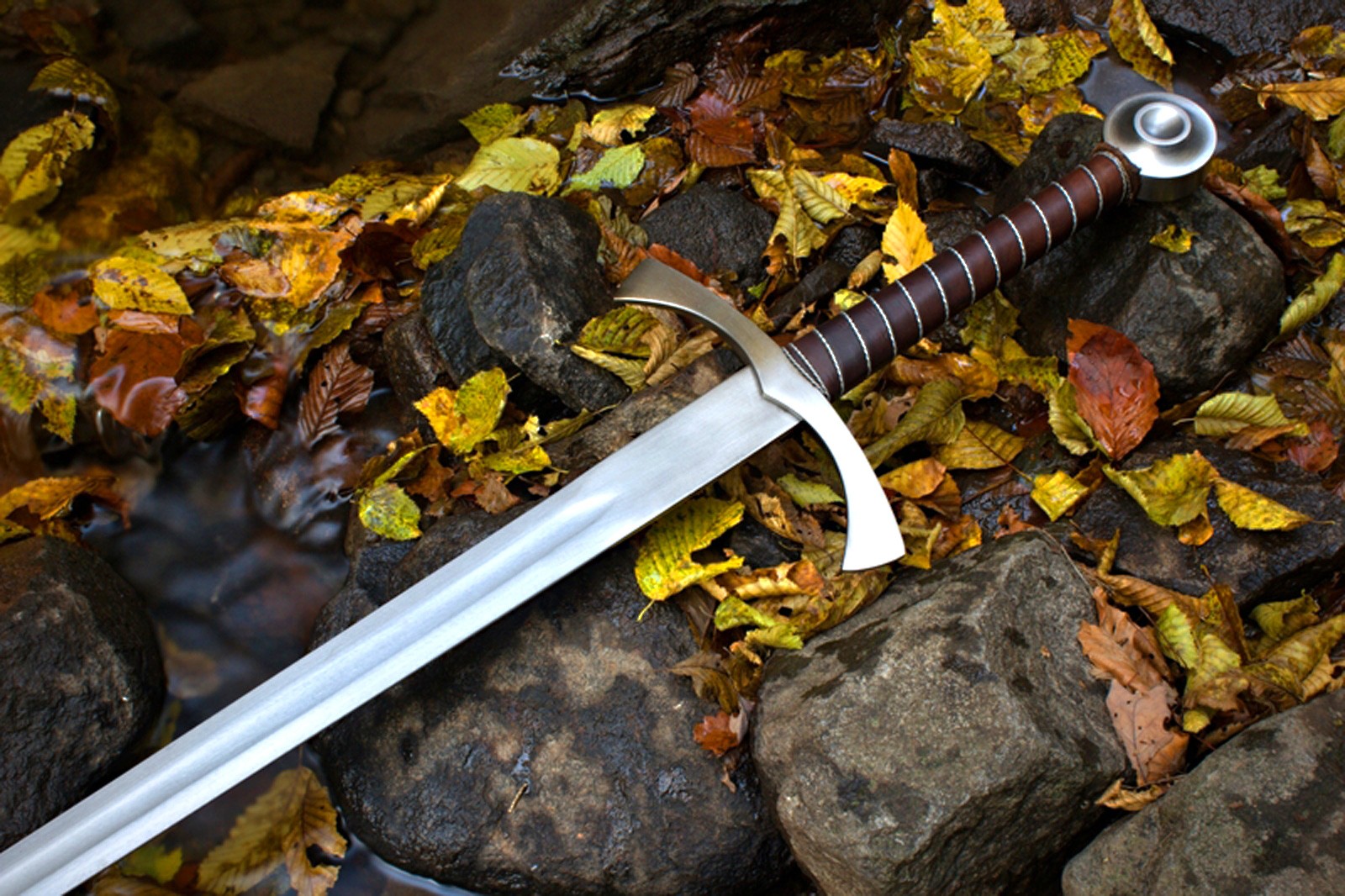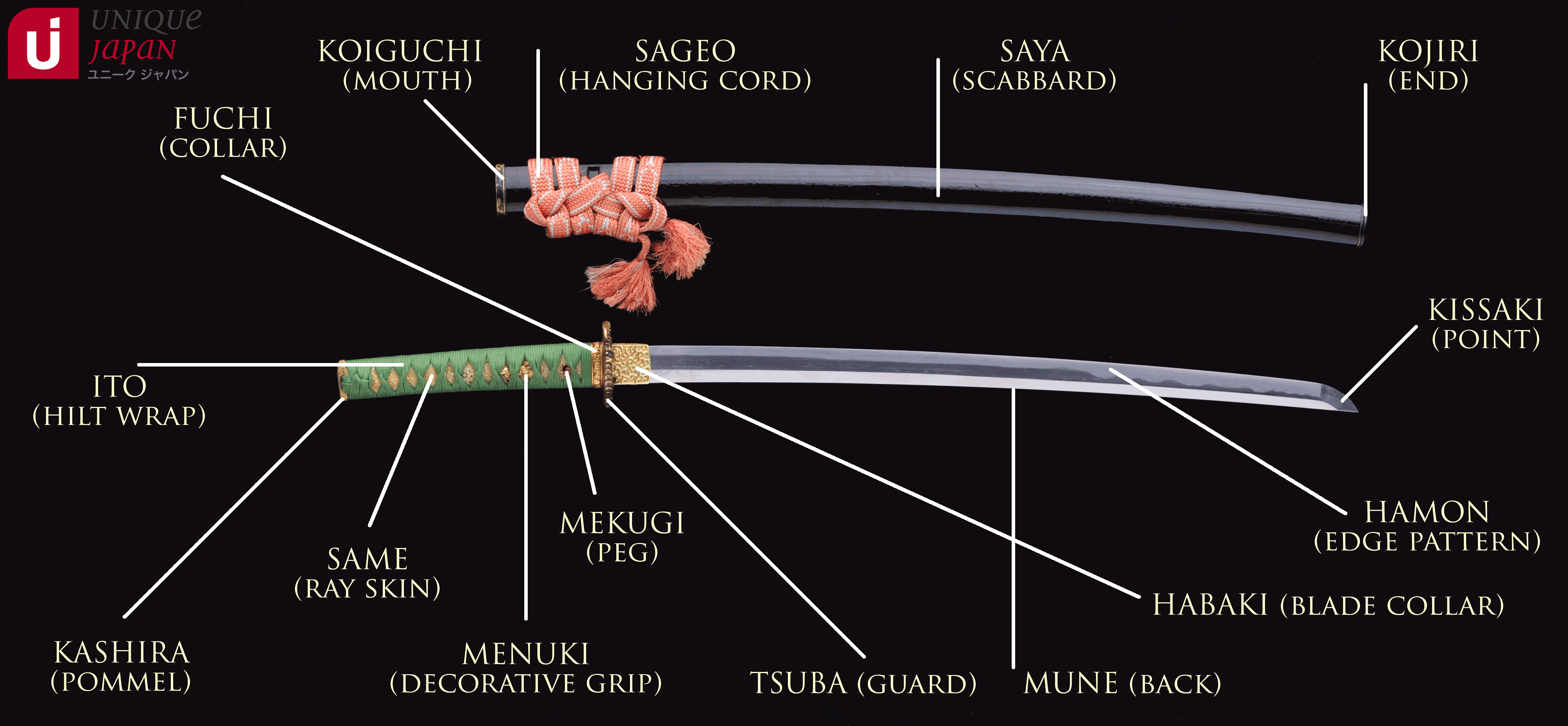Etymology and Historical Context
Sword meaning – The word “sword” has a rich etymological history. It originates from the Proto-Germanic word *swerdaz, which means “to cut” or “to injure.” This word is related to the Old English word “sweord” and the Old Norse word “sverð.” In many Indo-European languages, the word for “sword” is derived from a root meaning “to cut” or “to pierce,” suggesting the weapon’s primary function.
The sword, a symbol of power and prestige, has long been revered in many cultures. Its sharp edge could both protect and destroy, making it a potent weapon. In modern times, the sword has taken on a new form—the slot machine.
This mechanical marvel, with its spinning reels and flashing lights, offers a chance to win big or lose it all. Like the sword, the slot machine can be both alluring and dangerous, offering both excitement and potential ruin. Yet, beneath the surface of this modern-day game lies the same ancient allure of the sword—the thrill of wielding power and the possibility of great reward.
Throughout history, swords have played a significant role in various cultures. In ancient Greece, the sword was a symbol of power and honor, with famous swords like the Kopis and the Xiphos being wielded by legendary heroes like Achilles and Odysseus. In ancient Rome, the gladius was the standard weapon of the legionnaires, while the spatha was used by cavalry and officers. In medieval Europe, the sword was a knight’s most prized possession, with famous swords like Excalibur and Durendal becoming symbols of chivalry and valor.
The sword, a symbol of power and authority, has been revered throughout history. Yet, in the treacherous realm of a casino pit , it takes on a different meaning. Here, the sword becomes a metaphor for risk and reward, where every bet is a dance with fate, and the outcome can either elevate or destroy.
Famous Swords and Their Legends
Throughout history, numerous famous swords have been associated with legends and stories. Some of the most notable examples include:
- Excalibur: The legendary sword of King Arthur, said to have been given to him by the Lady of the Lake. Excalibur was believed to possess magical powers and was often depicted as unbreakable.
- Durendal: The sword of Roland, a legendary paladin in the Charlemagne cycle. Durendal was said to be made from the same steel as Excalibur and was known for its incredible sharpness and durability.
- Kusanagi-no-Tsurugi: The sacred sword of the Japanese imperial family, said to have been found in the tail of an eight-headed dragon. Kusanagi-no-Tsurugi is considered one of the three Imperial Regalia of Japan and is believed to possess divine powers.
- Zulfiqar: The double-bladed sword of Ali, the fourth caliph of Islam. Zulfiqar is said to have been given to Ali by the Prophet Muhammad and was known for its ability to cleave through armor and helmets.
These are just a few examples of the many famous swords that have been featured in legends and stories throughout history. Each sword has its own unique history and symbolism, reflecting the cultural and historical context in which it was created.
Types and Designs

Swords come in a dazzling array of shapes and sizes, each designed for a specific purpose. From the razor-sharp katana to the heavy claymore, the variety of sword designs is a testament to the ingenuity and craftsmanship of swordsmiths throughout history.
Structural Components
The basic components of a sword include the blade, hilt, and scabbard. The blade is the primary cutting or thrusting element, typically made of steel or other hard metals. The hilt provides a grip for the user and may include a guard to protect the hand. The scabbard is a sheath that protects the blade when not in use.
Regional and Historical Variations
The design of swords has varied significantly across different regions and eras. In Japan, the katana is a long, curved sword with a single-edged blade, while in Europe, the longsword is a straight, double-edged blade. In the Middle East, the scimitar is a curved sword with a single-edged blade that is designed for slashing attacks. These are just a few examples of the countless sword designs that have been developed throughout history, each with its own unique features and adaptations.
Symbolism and Cultural Impact: Sword Meaning

Swords have been imbued with profound symbolic meanings throughout history and across cultures. They represent both the destructive and creative potential of human power, embodying strength, courage, and honor.
In literature, art, and mythology, swords often serve as metaphors for justice, truth, and the triumph of good over evil. From the legendary Excalibur to the Japanese katana, swords have become iconic symbols of heroism and valor.
Rituals, Ceremonies, and Social Hierarchies, Sword meaning
Swords play a significant role in rituals and ceremonies, marking important milestones in life and society. In some cultures, swords are used in coming-of-age ceremonies, symbolizing the transition to adulthood and the acceptance of responsibility. In others, they are wielded by rulers and religious leaders as emblems of authority and power.
The possession and use of swords have often been restricted to specific social classes, reinforcing social hierarchies and power structures. In feudal societies, for instance, knights and samurai were granted the privilege of bearing swords, distinguishing them from commoners.
Cultural Significance
Swords have held immense cultural significance as symbols of power, honor, and status. In many societies, swords were considered the ultimate weapon, bestowing upon their owners respect, admiration, and fear. They were often adorned with intricate designs and precious materials, reflecting the wealth and prestige of their bearers.
The cultural significance of swords extended beyond their practical use in warfare. They became objects of art and craftsmanship, with skilled swordsmiths forging blades of exceptional beauty and sharpness. Swords also served as symbols of national pride and identity, representing the strength and resilience of a people.
In the realm of sharp steel, where blades whisper secrets of power and sacrifice, the sword stands as a timeless symbol of both destruction and protection. Its gleaming edge has shaped countless destinies, leaving an imprint on the fabric of history.
Through the lens of nyt connections , we delve deeper into the multifaceted meanings of the sword, uncovering its profound impact on human civilization.
The sword, a weapon of great power and significance, has been a symbol of both destruction and creation throughout history. In ancient times, swords were used to protect and conquer, while in modern times, they are often seen as a symbol of honor and courage.
The word “sword” itself is derived from the Old English word “sweord,” which means “to cut or pierce.” This connection between the sword and its ability to inflict pain and injury is evident in the many legends and stories that have been told about swords over the centuries.
In the popular game wordle nyt , players are tasked with guessing a five-letter word in six tries. The game has become a global phenomenon, with millions of people playing it every day. The connection between the sword and wordle nyt is not immediately apparent, but it can be seen in the way that both the sword and the game require skill and precision.
Just as a swordsman must be skilled in the use of his weapon, so too must a wordle nyt player be skilled in the use of language.
A sword, a weapon of war and a symbol of power, is a double-edged blade attached to a hilt. It has been used throughout history for both offensive and defensive purposes. For a more comprehensive understanding of the term, refer to the sword definition.
The sword’s meaning goes beyond its physical form, embodying courage, honor, and strength.